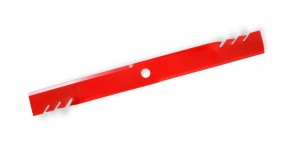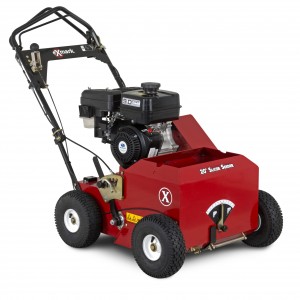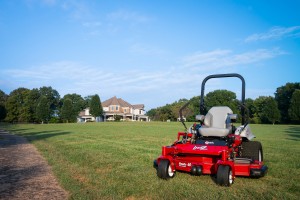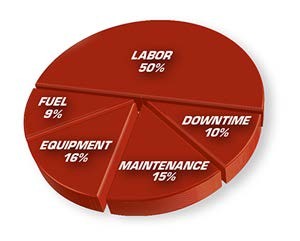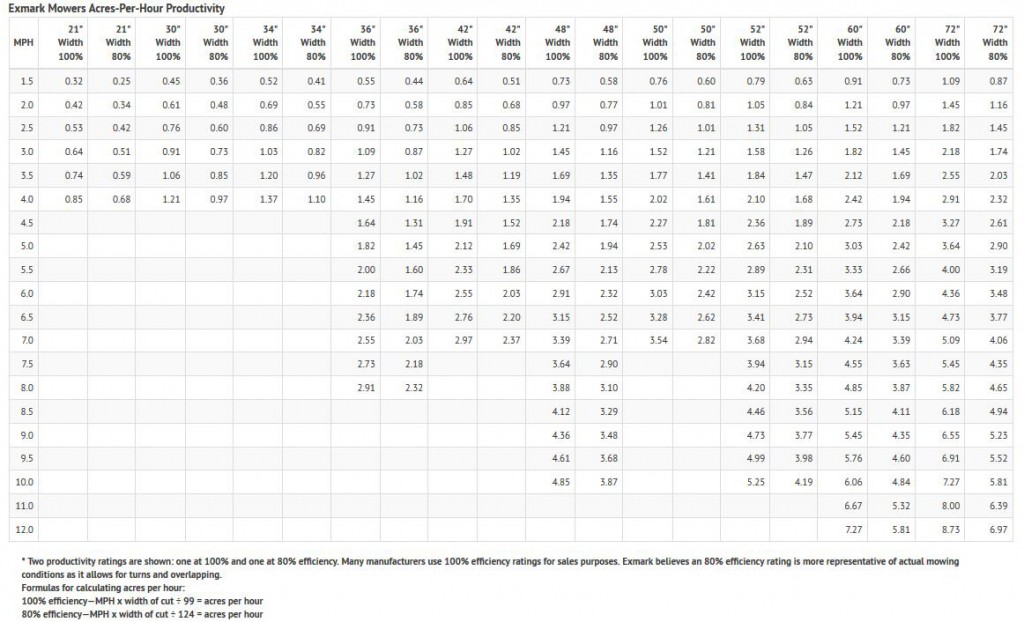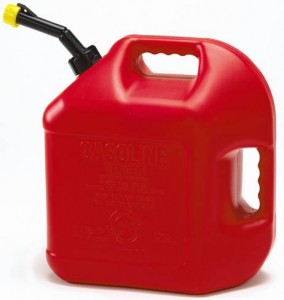Whether you mow your lawn once a week or you own a multi-location landscaping company, when it comes to replace parts on your Exmark equipment, only Original Exmark parts will do. If you want to get the most out of your machine, original parts make all the difference in the world.
Tried and Tested
You can learn a lot by testing data in a lab or research center. That said, the bottom line is how a product or part performs in the real world, so we test Original Exmark parts as our customers would, which means getting our hands dirty. When part breaks or wears out, we take it back, learn what caused the problem, and find a solution through engineering and testing. We also know our customers are by far our greatest asset when it comes to improving our products, so we make it a priority to listen to, and proactively solicit customer feedback. We use your feedback along with our own data and testing to create parts that meet our stringent standards for performance and durability.
Variety and Availability
Do you need a 36″ Blade Drive for your Viking? Or, how about a throttle cable for your Commercial 21 X-Series mower? Are you looking for a new tire for your Navigator? If you need a part for your Exmark machine, we have exactly what you need, and it’s engineered precisely for your machine. We understand how important it is to provide you with quality parts in a timely manner. When you order original Exmark products from your local Exmark dealer, you won’t be disappointed.

Original Exmark belts fit precisely to maximize the durability and performance of your Exmark cutting system.
Consistency Is Crucial
Consistency is crucial in everything you do. At Exmark, we understand that consistency between our parts and accessories can mean the difference between a job well done and a lost client. Our rigorous testing procedures and your ongoing feedback help us deliver the highest quality parts and accessories available.
What makes our parts better than the rest?
- We field test every part and accessory for hundreds of hours before certifying it meets our standards.
- We use the latest engineering and manufacturing technologies to ensure every product is optimized for the job it is built to perform.
- We use customer feedback to ensure Original Exmark parts and accessories meet the stringent standards of our users.
Ordering Made Easy
The last thing you want to do is spend hours online or in your owner’s manual trying to figure out what broke or how to fix it. We make it easy to find exactly what you need. If you need a part for any of our products, we provide an easy reference guide to help you pick exactly the right part for your Exmark machine.
Keep Your Mower Running
All of the best parts in the world can’t keep your Exmark equipment running properly if it isn’t well maintained. Each one of our products has a specific maintenance schedule that must be followed to preserve its performance and durability. By following the maintenance guidelines, your Exmark equipment will give you years of reliable service.
Make the Most of Your Mowing
If you want to get the most out of your Exmark equipment, proper maintenance is a must. And when something does wear out, replacing it with Original Exmark parts will help extend the life of your machine and save you money for years to come.

